Pesticides-Which Fruits-Veggies Have Least?
PESTICIDES: WHICH FRUITS AND VEGGIES HAVE THE LEAST? (ISSUE 103)
By Diane Gold
Pesticides: which fruits and veggies have the least?
 The Environmental Protection Agency (epa.gov) regulates pesticides, but the amounts it allows in our fruits and vegetables is not so easy for the lay person to evaluate. Partly because we don’t have the time to look up the more than 1055 approved pesticides in use in the US and partly because the EPA is not offering the easiest chart for consumers. Agricultural Pesticides
The Environmental Protection Agency (epa.gov) regulates pesticides, but the amounts it allows in our fruits and vegetables is not so easy for the lay person to evaluate. Partly because we don’t have the time to look up the more than 1055 approved pesticides in use in the US and partly because the EPA is not offering the easiest chart for consumers. Agricultural Pesticides
The first sentence on the EPA website says,
“Laboratory studies show that pesticides can cause health problems such as birth defects, nerve damage, cancer and other effects that might occur over a long period of time. However, these effects depend on how toxic the pesticide is and how much of it is consumed. Some pesticides pose unique health risks to children.”
To the average consumer, you and me, this is far from helpful. The EPA mentions lots is serious ailments that “can” be caused by pesticides “that might occur over a long period of time” [… depending] “on how toxic the pesticide is and how much of it is consumed.”
Well, that’s noncommital.
We want simplified facts that will help us understand the pesticide discussion.
ARE WE FOCUSING ON THE WRONG THING?
There’s a parallel between what’s happening in the pesticide discussion and what’s happening in GMO (genetically modified organism) discussion. We are looking at whether or not to label that GMOs are present, rather than discussing how they are harmful to us or the environment, why not to use them at all and how we are going to do definitive research on what damage they do to whom. Instead of labeling THAT there are GMOs present in a product, a more appropriate warning label similar to that previously used on cigarettes, might be introduced, saying,
“Genetically modified organisms may be hazardous to your health.”
The food industry would not like that, so they are happy to debate about whether or not to put the disclosure label on the product, defocusing the unsuspecting.
How many remember the days when cigarette labels said,
“Smoking may be hazardous to your health?”
And now?
“Smoking causes lung cancer, heart disease, emphysema and may complicate pregnancy.”
With pesticides, we are boasting how legitimate the pesticide approval process is and listing which pesticides are present in which food. What would be more beneficial to our health and future generations would be to talk about methods of farming without toxins and educating people on the huge presence of pesticides and avoidance techniques.
WHAT WE WANT TO KNOW ABOUT OUR FOOD
We, as consumers, want useful information in qualitative numbers we can understand. We want to see how much of what food will hurt us.
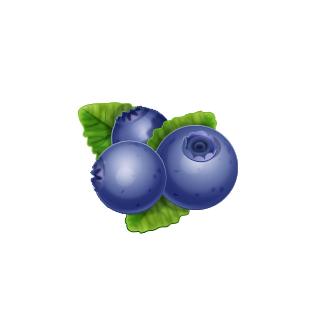 Whatsonmyfood.org gives us some excellent information about the presence of pesticides on foods. It takes its info from the US Department of Agriculture, Pesticide Data Program, currently using 2005 data. For example, it lists that blueberries have a particular percentage of all blueberries in the US, on average, have pesticides A, B, C, D, E, F, G, H, I, J, K, L, M, N, O, P, Q, R, S, T, U, V, W, X, Y, Z, AA, BB, CC, DD, EE, FF, GG, HH, II, JJ, KK, LL, MM, NN, OO, PP, QQ, RR, SS, TT, UU, VV, WW, XX and YY present. It would be great if we could easily find a table showing the EPA tolerances (amount of pesticides that are permitted to be present and still be safe for consumption) for each of those pesticides.
Whatsonmyfood.org gives us some excellent information about the presence of pesticides on foods. It takes its info from the US Department of Agriculture, Pesticide Data Program, currently using 2005 data. For example, it lists that blueberries have a particular percentage of all blueberries in the US, on average, have pesticides A, B, C, D, E, F, G, H, I, J, K, L, M, N, O, P, Q, R, S, T, U, V, W, X, Y, Z, AA, BB, CC, DD, EE, FF, GG, HH, II, JJ, KK, LL, MM, NN, OO, PP, QQ, RR, SS, TT, UU, VV, WW, XX and YY present. It would be great if we could easily find a table showing the EPA tolerances (amount of pesticides that are permitted to be present and still be safe for consumption) for each of those pesticides.
HOW WE GET EXPOSED
Before we get to the special charts that help us decide what to buy, let’s look at the fact that there are more than 1055 (EPA) pesticides approved in the US. We ingest them, we inhale them, and we can absorb them through our skin. Just think of all the places they are used: in our homes to prevent mold or mildew, on our pets to prevent fleas, on our lawns or golf courses, on our roadways for maintenance so we can see the signs and road, around entertainment areas so they are manicured. Some farmland pesticides make their way into our drinking water, and, of course they are on our foods. If our occupation is picking fruits or veggies, our exposure is massively multiplied, and side effects are more obvious.
GROUNDWATER DETAIL
Because of the abundance of cows used in agriculture and no sewage system for their waste, groundwater contamination has been found. Even if workers use manure as fertilizer or dig a hole for what they can’t use, some of the bad bacteria live on in some water supplies.
THE GOOD NEWS
 The Environmental Working Group has created a consumer guides that lists which top fruits and veggies have the most and least pesticides so that we can choose how to spend our money and ingest fewer pesticides. This group is the environmental health and advocacy organization whose work resulted in the Food Quality Protection Act in 1996.
The Environmental Working Group has created a consumer guides that lists which top fruits and veggies have the most and least pesticides so that we can choose how to spend our money and ingest fewer pesticides. This group is the environmental health and advocacy organization whose work resulted in the Food Quality Protection Act in 1996.
They have researched and created the consumer guides, DIRTY DOZEN PLUS and CLEAN 15. The first lists fruits and vegetables that have high pesticide content and, when possible, organic produce is recommended. The second list contains produce that, on average, has fewer residual pesticides and can be bought conventionally. It’s always best to buy organic produce, but these guides can help us make educated choices should we need to spend less than an all-organic purchase would cost.
![]()
DIRTY DOZEN PLUS, 2013, from ENVIRONMENTAL WORKING GROUP
 APPLES
APPLES
CELERY
CHERRY TOMATOES
CUCUMBERS
GRAPES
HOT PEPPERS
KALE/COLLARD GREENS
NECTARINES, IMPORTED
PEACHES
POTATOES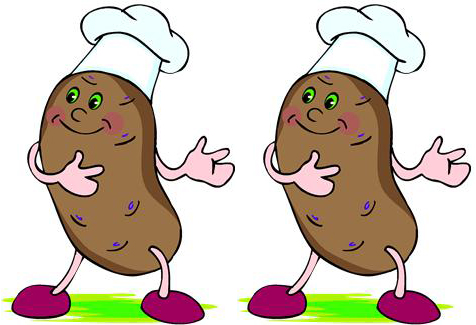
SPINACH
STRAWBERRIES
SWEET BELL PEPPERS
ZUCCHINI
CLEAN 15, 2013, from ENVIRONMENTAL WORKING GROUP
ASPARAGUS
AVOCADO
CABBAGE
CANTALOUPE
CORN (almost all corn is grown from genetically modified seeds to resist pests, so pesticides are not necessary, but what are we really eating?)
EGGPLANT
GRAPEFRUIT
KIWI
MANGO
MUSHROOMS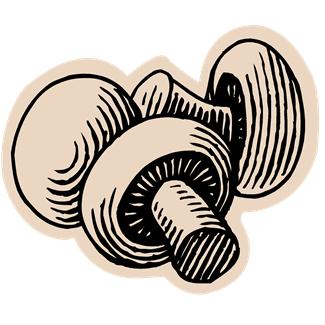
ONIONS
PAPAYA
PINEAPPLE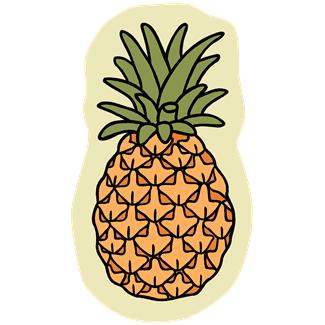
SWEET PEAS, FROZEN
SWEET POTATOES
![]()
CONCLUSION
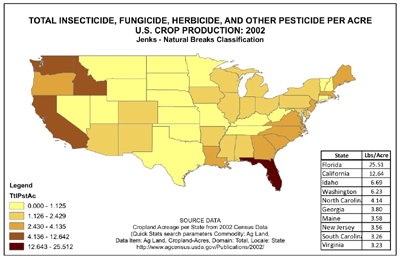 Pesticides are here, both on organic and conventional produce. Synthetic pesticides can burn the mouth, lungs, the respiratory system, cause nerve damage, cause skin to peel or change color, cause temporary blindness when exposure is high. Hopefully, we are never exposed to enough at once to cause anything like this. But it makes us think about how safe pesticides are in smaller quantities on our food.
Pesticides are here, both on organic and conventional produce. Synthetic pesticides can burn the mouth, lungs, the respiratory system, cause nerve damage, cause skin to peel or change color, cause temporary blindness when exposure is high. Hopefully, we are never exposed to enough at once to cause anything like this. But it makes us think about how safe pesticides are in smaller quantities on our food.
Thanks to the two guides we have presented, Dirty Dozen Plus and Clean 15, we can begin to integrate this information into our buying power and our lives.
ACTION STEPS
1) Be aware of the information presented in the lists starting now and every time you go to the store.
2) Be diligent about avoiding the purchase of those on the list.
3) If purchasing all organic produce is not possible financially, make adjustments based on the lists to maximize it. This is a good way to save on the correct foods.
4) Check the Environmental Working Group every year, since they have been publishing yearly guides.
5) Now that we have outlined the prevalence of pesticides, make other sacrifices so that you can give yourself the gift of great food.

6) Be healthy, and reach out if you need me.
FEEDBACK
Please leave a comment and LIKE.
DIANE GOLD, AUTHOR
Diane Gold, Founder of Warriors of Weight, Turning Habits Into Health, is a mentor in tai chi, kung fu and meditation, a music, fitness and stress expert, dedicated mom, studying plant-based nutrition and habit change.
Pesticides are always a concern. She says,
“Although organic farmers can use a variety of possibly unhealthy pesticides, I would rather eat those than the petrochemicals used in conventional produce. Plus, I would probably not be getting GMO seed-produce with organic food. At least, that’s what ‘they’ say.
“The list of ‘to buy’ nd ‘not to buy’ produce is pretty interesting. It makes sense that pesticides would remain in leafy green veggies and would not enter inside the skin of avocado or grapefruit.
“Certainly, I will get to know the list, especially since I always buy conventional products that are waxed, unless the distributor has personally told me beeswax is not used on waxed organics.
“I’ll be washing my cucumbers more diligently, and I will be on the lookout for an organic farmer who does not wax her cukes.
“I am grateful for the produce guides. They will help many people, including me.”



 The habit of gratitude can be an acquired taste. Some of us naturally feel love and happiness with each positive occurrence. We also may have the temperance to quell the urge for revenge in negative events. Others of us train ourselves to jump-start the love through various means, even though we get angry. And then there are most of us who can develop this habit through the study of philosophy, through the inspiration of a teacher, the appreciation for a second chance or the lessons that experience brings.
The habit of gratitude can be an acquired taste. Some of us naturally feel love and happiness with each positive occurrence. We also may have the temperance to quell the urge for revenge in negative events. Others of us train ourselves to jump-start the love through various means, even though we get angry. And then there are most of us who can develop this habit through the study of philosophy, through the inspiration of a teacher, the appreciation for a second chance or the lessons that experience brings.
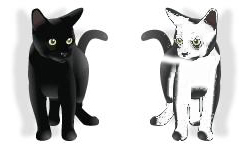 5) What about a friend’s offering the very thing you wished for without your having to ask? This happened to me when my close friend suggested my pets could stay with her while I traveled. If you’ve ever had a pet, you know how important it is to feel secure with the people who are taking care of them.
5) What about a friend’s offering the very thing you wished for without your having to ask? This happened to me when my close friend suggested my pets could stay with her while I traveled. If you’ve ever had a pet, you know how important it is to feel secure with the people who are taking care of them. 13) How about going to the beach and smelling that delicious salt smell? It is healing. wonderful and a big gift.
13) How about going to the beach and smelling that delicious salt smell? It is healing. wonderful and a big gift. There used to be a sign in the NYC subway that said,
There used to be a sign in the NYC subway that said,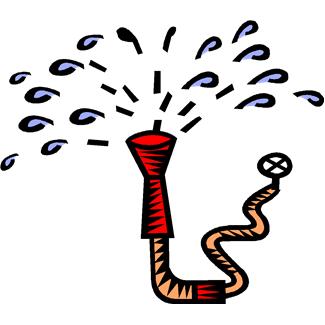 23) What about having running water? Now that I have an awareness of how many people go to the river or water location daily to get water for the house, I am super grateful. I also know that 783 million do not have access to clean water; many are bringing home contaminated water. I also know that, if we reduced our bottled water intake by 1/3, we could fund a project to fix the dirty water issue.
23) What about having running water? Now that I have an awareness of how many people go to the river or water location daily to get water for the house, I am super grateful. I also know that 783 million do not have access to clean water; many are bringing home contaminated water. I also know that, if we reduced our bottled water intake by 1/3, we could fund a project to fix the dirty water issue.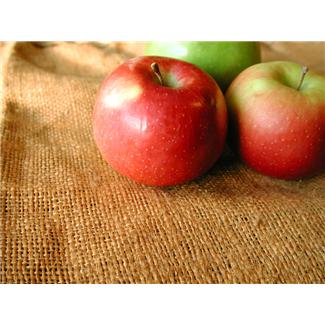 28) How about the way a food or drink calms the spirit from tension or anxiety? I’m remembering mouthwatering organic apple cider that hit the spot after one of those awful medical tests last week. It calmed my system but mostly my mind. It was like magic elixir to take away the psychological trauma from the sounds of a magnetic imaging machine.
28) How about the way a food or drink calms the spirit from tension or anxiety? I’m remembering mouthwatering organic apple cider that hit the spot after one of those awful medical tests last week. It calmed my system but mostly my mind. It was like magic elixir to take away the psychological trauma from the sounds of a magnetic imaging machine. 35) Not making too many mistakes when playing the piano recital.
35) Not making too many mistakes when playing the piano recital. 63) Living within 2 minutes of the ocean.
63) Living within 2 minutes of the ocean.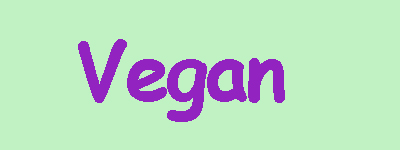 74) Having the locational and financial opportunity to be vegan.
74) Having the locational and financial opportunity to be vegan.
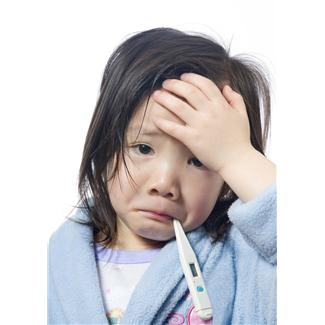 We are often not aware of sickness habits or wellness habits. For the most part, when we’re sick, we are consumed with feeling sick. Hopefully, you can’t relate to this feeling, but most of us can and do. And when we are well, we are not thinking about sickness.
We are often not aware of sickness habits or wellness habits. For the most part, when we’re sick, we are consumed with feeling sick. Hopefully, you can’t relate to this feeling, but most of us can and do. And when we are well, we are not thinking about sickness.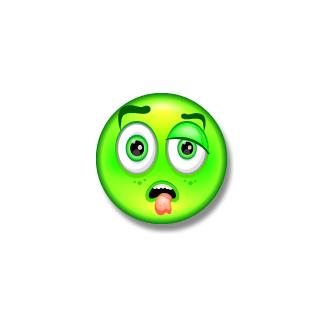 So far, the only times I have been sick have happened in the past couple of years since I turned 60. And both times, my “specialist” physicians could give me no definitive cause for what I was feeling. That did prompt me to pine for a non-fiction version of Dr. House, MD, the TV series diagnostician, extraordinaire and gave me a bit of anxiety. I even wrote an article about it which you can access at the end of this article.
So far, the only times I have been sick have happened in the past couple of years since I turned 60. And both times, my “specialist” physicians could give me no definitive cause for what I was feeling. That did prompt me to pine for a non-fiction version of Dr. House, MD, the TV series diagnostician, extraordinaire and gave me a bit of anxiety. I even wrote an article about it which you can access at the end of this article. What I realized immediately was that the position of the proposed 48-hour position of the head was the suspended head position we teach in tai chi that brings stability to the region, allows the most oxygen to freely flow to the lungs, taxes the neck less than any other position and allows the most alertness and focus. It maintains tai chi principle by keeping the bones and body in proper alignment. It turns out it also helps to alleviate dizziness.
What I realized immediately was that the position of the proposed 48-hour position of the head was the suspended head position we teach in tai chi that brings stability to the region, allows the most oxygen to freely flow to the lungs, taxes the neck less than any other position and allows the most alertness and focus. It maintains tai chi principle by keeping the bones and body in proper alignment. It turns out it also helps to alleviate dizziness.
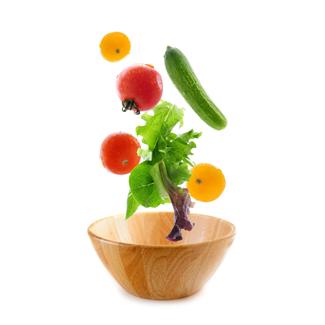 When we are sick, we may be nauseated, and we may not feel hungry. If we don’t eat, unfortunately, we will deplete our body nutrients.
When we are sick, we may be nauseated, and we may not feel hungry. If we don’t eat, unfortunately, we will deplete our body nutrients.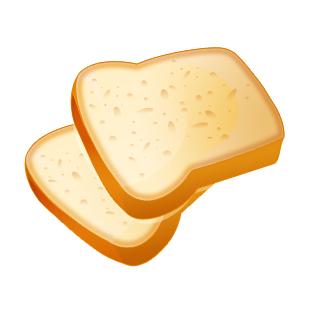
 1)
1) 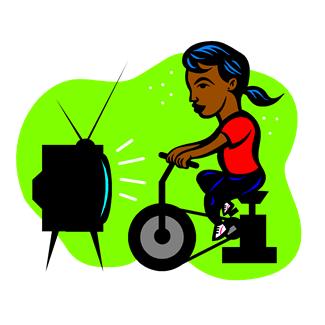 May we all have more healthy days than sick, and may we take responsibility for turning sickness into health.
May we all have more healthy days than sick, and may we take responsibility for turning sickness into health.
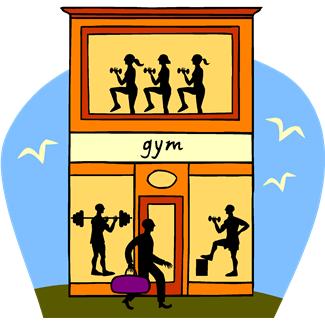 When thinking about social influence and habit change, I think of doing physical fitness like tai chi, going to the gym, going to a weight watch group, going to a rehab center. The function of each of these group activities is motivation of some kind. Let’s look at how the group motivates us.
When thinking about social influence and habit change, I think of doing physical fitness like tai chi, going to the gym, going to a weight watch group, going to a rehab center. The function of each of these group activities is motivation of some kind. Let’s look at how the group motivates us.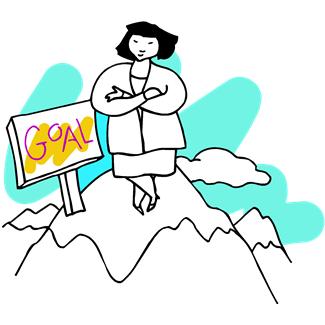 When we look at the amount of people who go back to their old habits after six months, a year, five years; it can be disheartening. There’s an interesting statistical article from 2004 about how treatment doesn’t work at:
When we look at the amount of people who go back to their old habits after six months, a year, five years; it can be disheartening. There’s an interesting statistical article from 2004 about how treatment doesn’t work at: People think tai chi is for exercise or defense, alone. It’s really for perception change. By doing a powerful exercise as tai chi is, we learn a systematic approach to movement. This system gives us tools to use in everyday life. As we acquire the patience to endure tremendous body exertion, we are learning a tool that works with anything in life. We have the understanding to know that the physical exertion and mental concentration needed to physically execute the movement is teaching us to follow through. And it is showing us we can do it.
People think tai chi is for exercise or defense, alone. It’s really for perception change. By doing a powerful exercise as tai chi is, we learn a systematic approach to movement. This system gives us tools to use in everyday life. As we acquire the patience to endure tremendous body exertion, we are learning a tool that works with anything in life. We have the understanding to know that the physical exertion and mental concentration needed to physically execute the movement is teaching us to follow through. And it is showing us we can do it. It’s the same if we surround ourselves with people who do not take drugs or drink or overeat or gamble. We will be more likely to accept behaving in a similar fashion, especially if they know we are working on habit change. If we keep repeating a new behavior in place of the old habit at the same time as building a personal foundation, we will succeed. And what’s missing at the start will no longer be missing. We will have developed, not only new behaviors, but a structure within ourselves that will sustain the way we wish to live.
It’s the same if we surround ourselves with people who do not take drugs or drink or overeat or gamble. We will be more likely to accept behaving in a similar fashion, especially if they know we are working on habit change. If we keep repeating a new behavior in place of the old habit at the same time as building a personal foundation, we will succeed. And what’s missing at the start will no longer be missing. We will have developed, not only new behaviors, but a structure within ourselves that will sustain the way we wish to live. There is one secret to habit change. We don’t need to be college-educated to understand it. We don’t have to have been brought up in a wealthy home to use it. It is the same in every country. It applies to every habit. We all know the concept as it applies to daily life. Yet, it’s still a secret.
There is one secret to habit change. We don’t need to be college-educated to understand it. We don’t have to have been brought up in a wealthy home to use it. It is the same in every country. It applies to every habit. We all know the concept as it applies to daily life. Yet, it’s still a secret.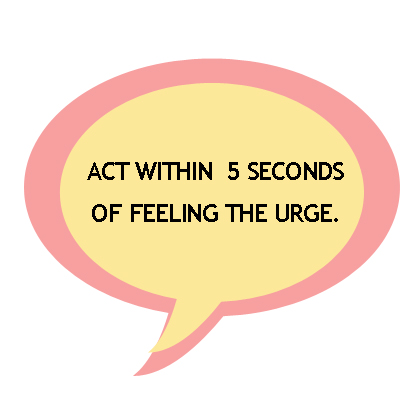 In order to hear it, we must be ready at this very moment to realize its truth; and that if we don’t make it a priority in our lives, we will go another way. Easiest is best, and that’s upon what this secret is based.
In order to hear it, we must be ready at this very moment to realize its truth; and that if we don’t make it a priority in our lives, we will go another way. Easiest is best, and that’s upon what this secret is based. Picture the situation where we get an urge to eat cake. We are on a strict regimen not to include cake in our food plan. If we don’t act with instant motion within five seconds of the urge, we have already given ourselves time enough to plan which way we will walk to the cake store, passing an Automatic Teller Machine along the way, since we keep no cash with us to avoid running out to buy food. Oops, we forgot about the ATM card. Or figuring out how to run up an account with the local grocer if we have no cash, if we have remembered not to have an ATM card around.
Picture the situation where we get an urge to eat cake. We are on a strict regimen not to include cake in our food plan. If we don’t act with instant motion within five seconds of the urge, we have already given ourselves time enough to plan which way we will walk to the cake store, passing an Automatic Teller Machine along the way, since we keep no cash with us to avoid running out to buy food. Oops, we forgot about the ATM card. Or figuring out how to run up an account with the local grocer if we have no cash, if we have remembered not to have an ATM card around.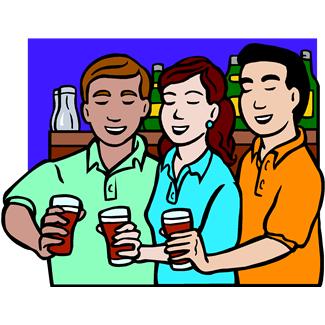 Imagine it’s the end of the work day, we are closing up our store and start getting the urge to join all our buddies across the street and drink alcohol. Yet, we know, at this time, we have decided to abstain from alcohol because it does not support us. So, when we feel that craving, we have a choice: we can act within 5 seconds and take a new action that does not involve alcohol OR wait and go drink alcohol, a behavior we already know is not working for us. If the people at the pub are really our buddies, we will see them later, not in the bar.
Imagine it’s the end of the work day, we are closing up our store and start getting the urge to join all our buddies across the street and drink alcohol. Yet, we know, at this time, we have decided to abstain from alcohol because it does not support us. So, when we feel that craving, we have a choice: we can act within 5 seconds and take a new action that does not involve alcohol OR wait and go drink alcohol, a behavior we already know is not working for us. If the people at the pub are really our buddies, we will see them later, not in the bar.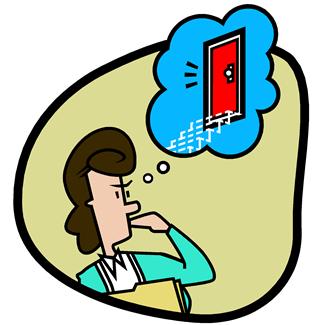 We have a very short window of opportunity in which to execute the one secret to habit change. It’s usually in that five second range that we must act. If we don’t take a new action within that time, we will habitually do our old behavior. And changing our habit will wait on the sidelines another day.
We have a very short window of opportunity in which to execute the one secret to habit change. It’s usually in that five second range that we must act. If we don’t take a new action within that time, we will habitually do our old behavior. And changing our habit will wait on the sidelines another day.
 Do it. It is massively impactful, requires little activity, not much effort other than the effort of doing magic on or tricking one’s own mind. And it works on all the urges to a large degree.
Do it. It is massively impactful, requires little activity, not much effort other than the effort of doing magic on or tricking one’s own mind. And it works on all the urges to a large degree.
 When learning to change a habit, looking too far ahead is usually a deal breaker. If we are looking at the end result, meaning that we changed our habit; it may look vast, overwhelming, impossible, certainly difficult that it’s quitting time, quitting the process of change, that is.
When learning to change a habit, looking too far ahead is usually a deal breaker. If we are looking at the end result, meaning that we changed our habit; it may look vast, overwhelming, impossible, certainly difficult that it’s quitting time, quitting the process of change, that is.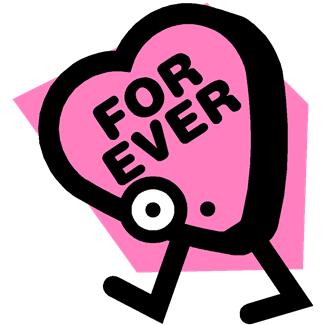 When we decide we will change a habit forever, we are locking ourselves in a prison. To give up an old behavior is not as difficult if we tell ourselves that we might be able to go back to it at some point in the future. It makes it easier to start, and it is not as scary a process. Change A Habit For Today, Not Forever
When we decide we will change a habit forever, we are locking ourselves in a prison. To give up an old behavior is not as difficult if we tell ourselves that we might be able to go back to it at some point in the future. It makes it easier to start, and it is not as scary a process. Change A Habit For Today, Not Forever How many times have we thought we had ourselves together, and we stopped behaving in the way that was working for us? We had changed our habit so long ago that we thought we could stop the technique that got us to change the habit?
How many times have we thought we had ourselves together, and we stopped behaving in the way that was working for us? We had changed our habit so long ago that we thought we could stop the technique that got us to change the habit?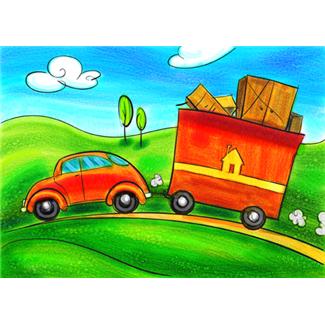
 Imagine a U.S. Senator whose family members all speak street language. She was the only member of the family to go to school. She was raised on “ain’t,” “anyways,” “nucular energy,” “athalete,” “asterik,” “supposubly,” “mischieveeous.” She goes to visit her original home for a week and her entire family speaks their normal street speak to her or with her. Then she comes back to D.C.
Imagine a U.S. Senator whose family members all speak street language. She was the only member of the family to go to school. She was raised on “ain’t,” “anyways,” “nucular energy,” “athalete,” “asterik,” “supposubly,” “mischieveeous.” She goes to visit her original home for a week and her entire family speaks their normal street speak to her or with her. Then she comes back to D.C. Once we have accomplished doing the new action and have a routine going that includes the new behavior, we can rejoice in the fact that we have begun to change the habit and that we had the power to start. If we forget to be joyful which includes acknowledging ourselves for changing, we are missing out on the joy that can sustain the new behavior.
Once we have accomplished doing the new action and have a routine going that includes the new behavior, we can rejoice in the fact that we have begun to change the habit and that we had the power to start. If we forget to be joyful which includes acknowledging ourselves for changing, we are missing out on the joy that can sustain the new behavior.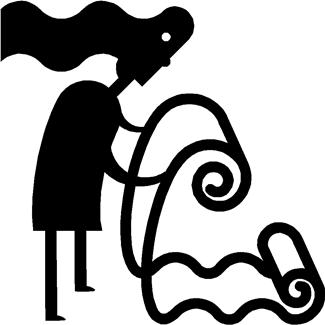

 … we look at acupuncture, and we perceive that acupuncture is Chinese Medicine. Acupuncture is only one tool in a tool kit that contains at least 14 different tools. The number one tool is the understanding that blood and energy flow together. … The reason people get sick is that blood and chi become stuck or stagnant.
… we look at acupuncture, and we perceive that acupuncture is Chinese Medicine. Acupuncture is only one tool in a tool kit that contains at least 14 different tools. The number one tool is the understanding that blood and energy flow together. … The reason people get sick is that blood and chi become stuck or stagnant.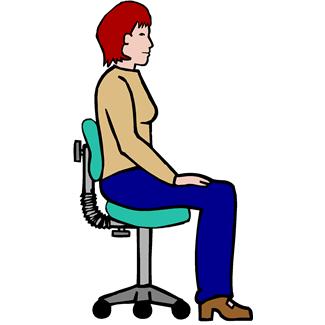 If you see somebody sitting in a chair and they’re slumped over, you say,
If you see somebody sitting in a chair and they’re slumped over, you say,

 Insufficiency would be not enough love, not enough laughter, not enough relaxation, not enough exercise, not enough water. That would be insufficiency.
Insufficiency would be not enough love, not enough laughter, not enough relaxation, not enough exercise, not enough water. That would be insufficiency.
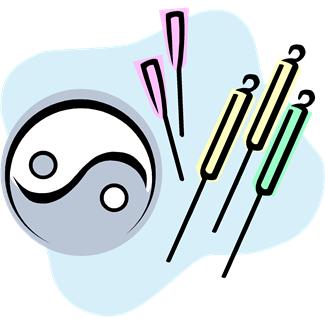
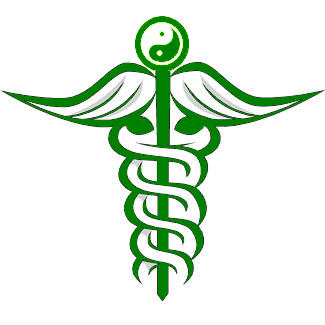 Absolutely right. And many people don’t even know the word acupuncture…
Absolutely right. And many people don’t even know the word acupuncture…
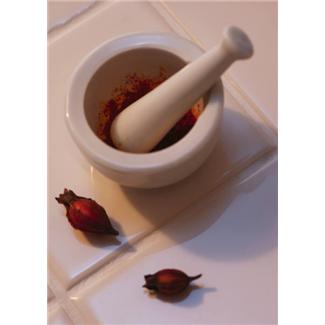 We now have a transparent way of looking at Traditional Chinese Medicine. It is not a mystery any longer. Our interview guest, Doctor Of Oriental Medicine has demystified it. He has talked about how to diagnose by asking, not only why you are there, but who is giving you pain. He mentioned how many tools there are in the arsenal of Chinese Medicine.
We now have a transparent way of looking at Traditional Chinese Medicine. It is not a mystery any longer. Our interview guest, Doctor Of Oriental Medicine has demystified it. He has talked about how to diagnose by asking, not only why you are there, but who is giving you pain. He mentioned how many tools there are in the arsenal of Chinese Medicine.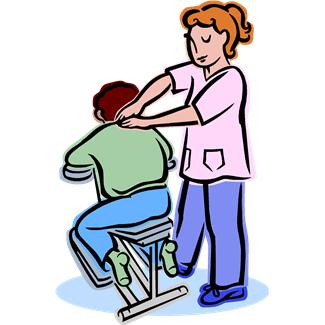
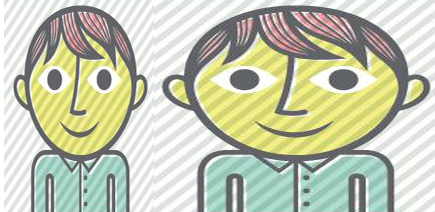 On September 5, a new study came out in the journal, Science, where germ-free mice were colonized with gut microbes (called “microbiota” in the study itself) from four pair of human twins. Each pair of twin donors contained one obese and one thin human. The recipients of the fecal matter were sterile mice who had no gut microbes until they were exposed to the human microbes.
On September 5, a new study came out in the journal, Science, where germ-free mice were colonized with gut microbes (called “microbiota” in the study itself) from four pair of human twins. Each pair of twin donors contained one obese and one thin human. The recipients of the fecal matter were sterile mice who had no gut microbes until they were exposed to the human microbes.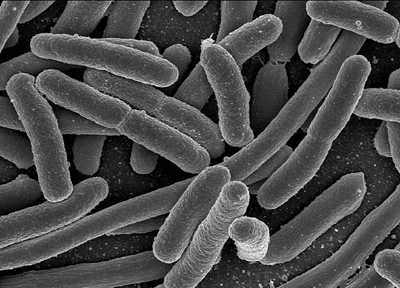




 Whatever our path to happiness, it is what drives us, floats our boat and encourages us to behave the way we do. Sometimes, it can be judged as superficial ego stroking; other times, it is seen as deep, genuine and benevolent. Whatever it is for us, we might be interested to know that our genes, and not just the social networks, can tell the difference.
Whatever our path to happiness, it is what drives us, floats our boat and encourages us to behave the way we do. Sometimes, it can be judged as superficial ego stroking; other times, it is seen as deep, genuine and benevolent. Whatever it is for us, we might be interested to know that our genes, and not just the social networks, can tell the difference. The study included 80 subjects who took a verbal survey, had their blood drawn and data compiled. It turns out that the study clearly indicated different gene expression profiles for those people whose happiness had to do with a goal or higher purpose and those whose happiness was connected with superficial pleasures and instant, short-lived gratification. According to an article in The New York Times on the study findings, Gretchen Reynolds wrote,
The study included 80 subjects who took a verbal survey, had their blood drawn and data compiled. It turns out that the study clearly indicated different gene expression profiles for those people whose happiness had to do with a goal or higher purpose and those whose happiness was connected with superficial pleasures and instant, short-lived gratification. According to an article in The New York Times on the study findings, Gretchen Reynolds wrote,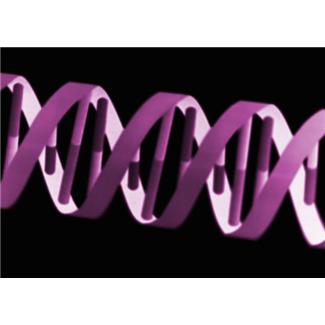
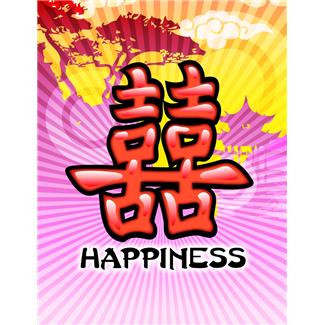 It would serve all of us if we used the concepts in this study wisely. Whether we decided to run a store to give free sandwiches to the poor or we decide to work on our own physical fitness so that we can be a better and healthier family member; we would ultimately achieve that deeper happiness because our genes would tell the right proteins to fire so we would live longer and more healthily.
It would serve all of us if we used the concepts in this study wisely. Whether we decided to run a store to give free sandwiches to the poor or we decide to work on our own physical fitness so that we can be a better and healthier family member; we would ultimately achieve that deeper happiness because our genes would tell the right proteins to fire so we would live longer and more healthily.
 Water works on habit change. It has a profound influence on whatever we are doing. If we are working on changing a habit, we need it. If we are thirsty, the body is already deprived, but it hydrates us. Water flushes out toxins; it balances the chemicals that make us human; it combines with the nutrients from our food. It keeps our health.
Water works on habit change. It has a profound influence on whatever we are doing. If we are working on changing a habit, we need it. If we are thirsty, the body is already deprived, but it hydrates us. Water flushes out toxins; it balances the chemicals that make us human; it combines with the nutrients from our food. It keeps our health.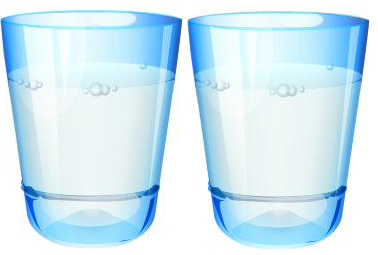 Before sitting down to eat (or even if we eat standing up), pour two glasses of water for ourselves. Before we allow ourselves to take a bite to eat, we drink all the water. We do this at every meal, including snacks.
Before sitting down to eat (or even if we eat standing up), pour two glasses of water for ourselves. Before we allow ourselves to take a bite to eat, we drink all the water. We do this at every meal, including snacks. We can think of the beautiful water supply from which it came, if it is clean water and conjure a picture of wonderful waterfalls surrounding it. Secondly, we can honor those who do not have clean water or any water at all by being grateful for the water in front of us. This mental exercise helps insure the water is drunk with no excuses.
We can think of the beautiful water supply from which it came, if it is clean water and conjure a picture of wonderful waterfalls surrounding it. Secondly, we can honor those who do not have clean water or any water at all by being grateful for the water in front of us. This mental exercise helps insure the water is drunk with no excuses.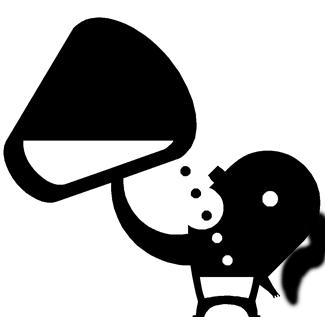
 1) It’s not always convenient to stop and get water.
1) It’s not always convenient to stop and get water.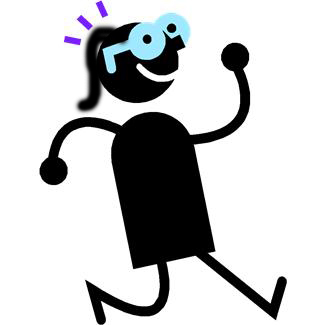 3)
3)





